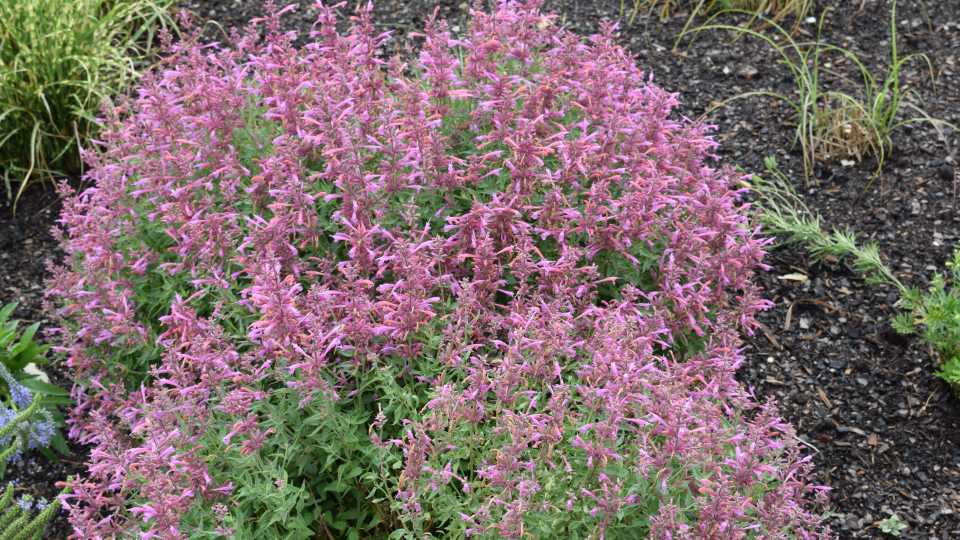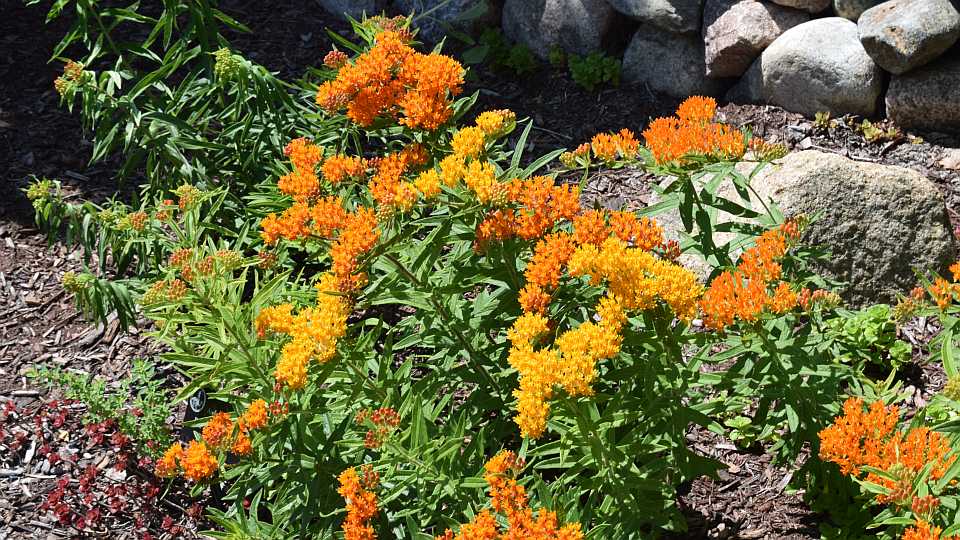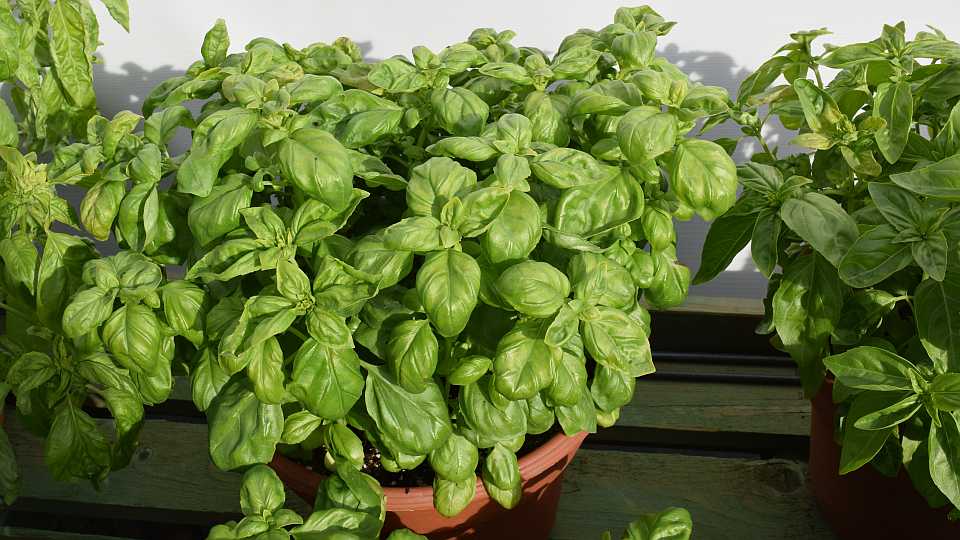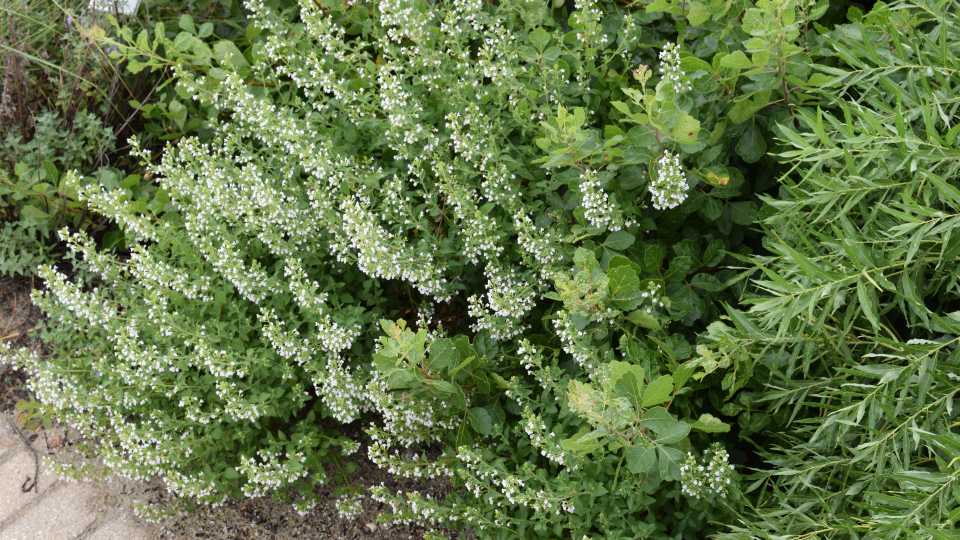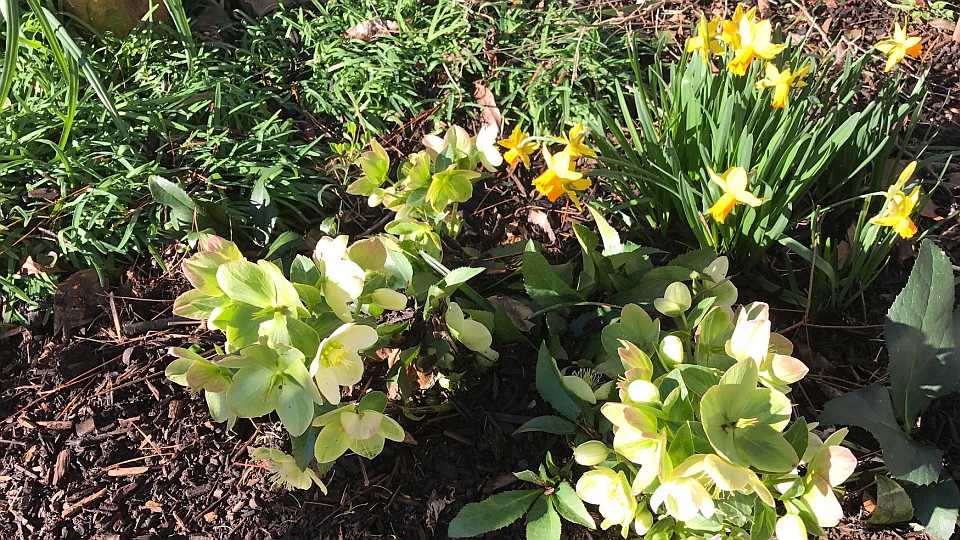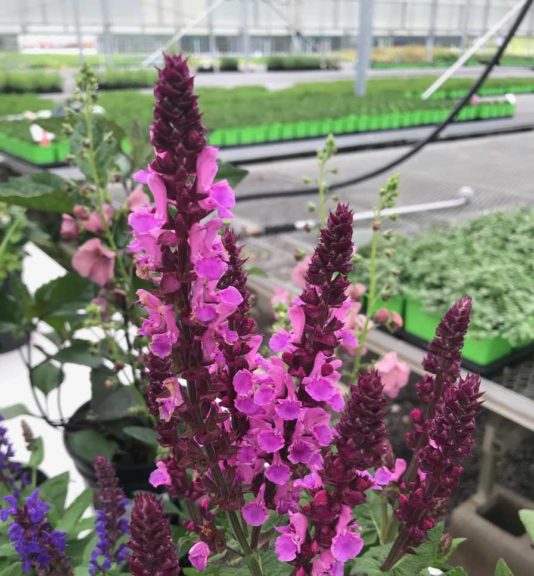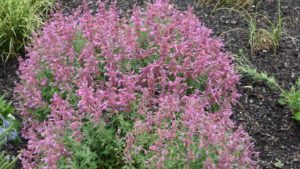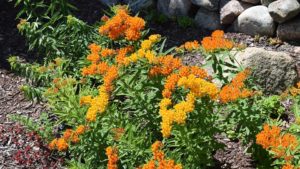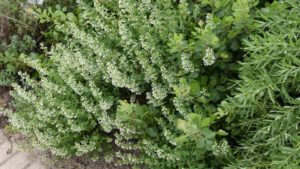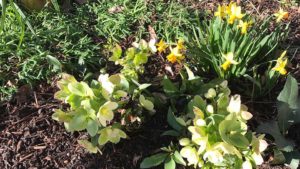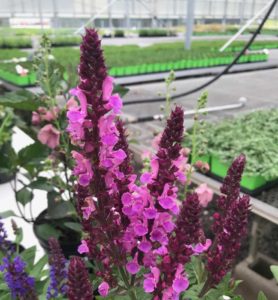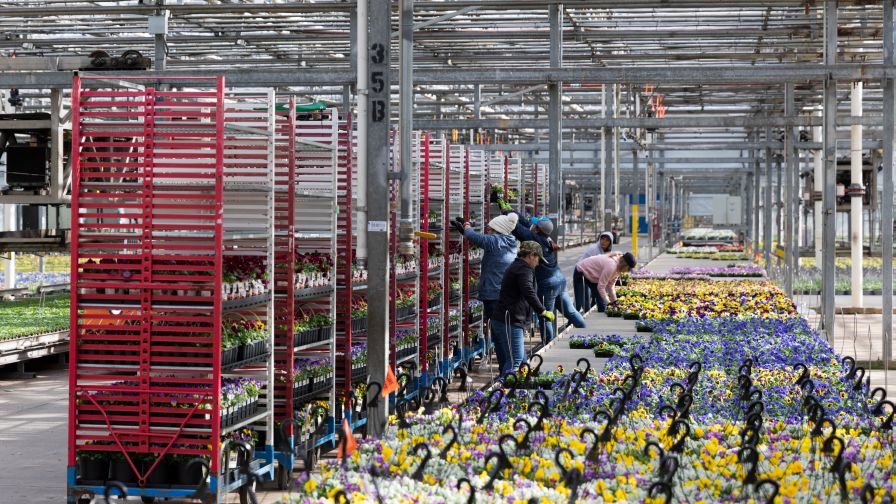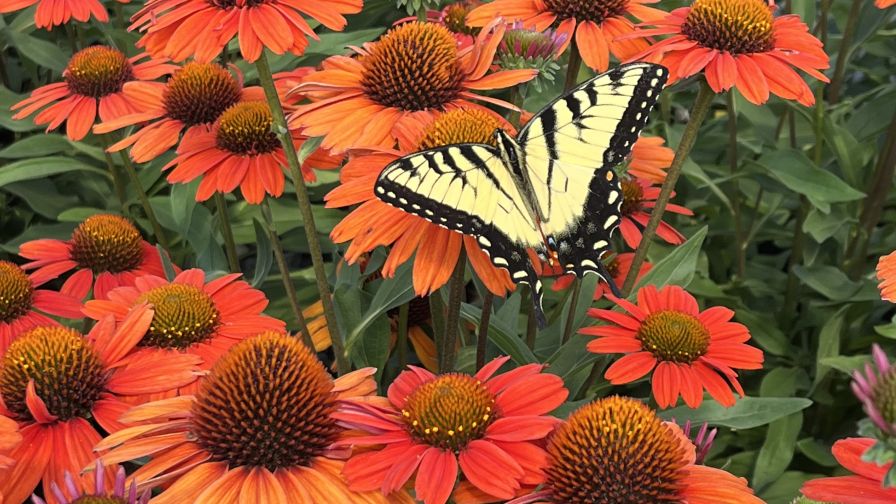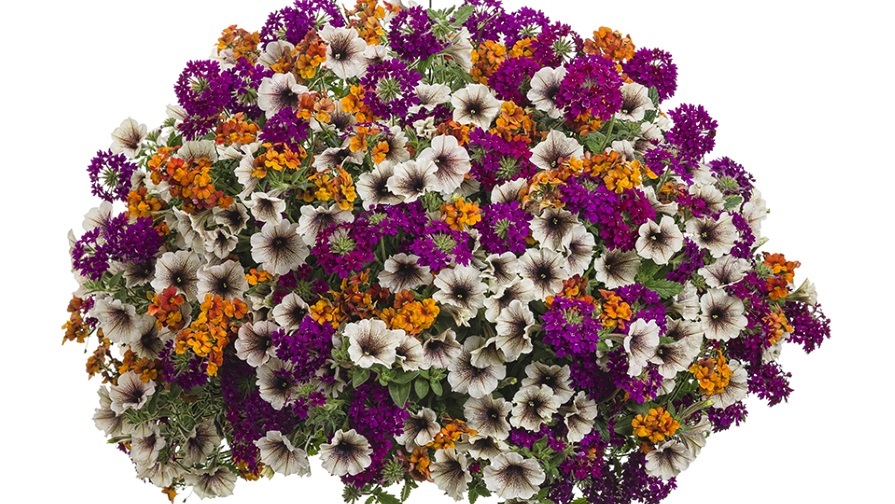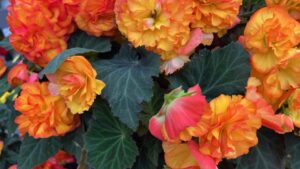How To Educate Consumers About Solution Gardening
For the last 40 years, we have casually attributed landscaping and gardening activities to the pursuit of beauty, to the love of color, or to keep our property at least as maintained as our neighbor. We know that spring will always result in strong sales, and as long as shrubs, trees, and color are available, people will buy. That is not to say we have become complacent; if anything, we have pursued new plants and better performers like never before.
That is not enough. We are in a whole new world.
Gardening Is About More Than the Plants
If one thing has been learned about COVID-19 and the year 2020, it is that gardening is not just about a pretty petunia. Almost to a person, sales have increased during the pandemic in all aspects of horticulture. This cannot be solely attributed to one more hydrangea or a prettier marigold.
The increase in sales showed us that much of this increase is far more simple. The pandemic forced people to find something to look forward to. According to numerous independent garden centers and landscape firms across the country, a good percentage of this increase in sales is due to a serious influx of new people. It seems more people than ever before have discovered gardening and the satisfaction of a handsome landscape.
Gardeners Have Problems; We Have the Solutions
Most of these new people didn’t come into gardening because it was their lifelong passion, but many have discovered, sometimes quite surprisingly, that it is indeed growing on them. So what now? What can we do to keep this rosy feeling as 2021 starts to unfold? Will these new gardeners stay, or will they leave?
They will come back, but they will bring all sorts of gardening issues with them. This is the most exciting news of all: they will come back wanting our help. They will have problems, and all we have to do is provide the solutions. We need to embrace the concept of solution gardening. I am not sure who “we” are anymore, because when it comes down to educating the buyer, the message is not getting out there. We have to educate our staff. They are the ones in the trenches. They are the teachers who will get the word out as to which plants provide the best solutions for a particular problem. Pictured in the gallery above are a few of my favorite garden problem-solvers.
In this series over the next few columns, I will (again) spell out my thoughts as to how I see the future of our business shaping up.
If beauty is our church, then solutions are our pews. Here are a couple of problems always seeking solutions. We must be prepared for them.
The Two Most Important: Deer and Pollinators
Deer: I can’t even begin to tell you the number of people who curse and give up because of deer in the garden. You have heard the despair, and hopefully you have tried to address it. We arrange plants into sun and shade, annuals and perennials, and shrubs and vines. I just don’t understand why every garden center does not have a well-signed section displaying “Plants Deer Don’t Eat.” Every landscaper working with clients needs a color brochure with the same information. Where do they get such lists? They get them from those who sell them the plants they buy.

I have heard it all: garden centers won’t hang banners, landscapers don’t have the time, yadda, yadda. I have almost raised the white flag of surrender, but I am not there yet. Of course, nothing will change if people don’t ask you the questions, but when it comes to deer and gardening, the only plant people I know who are not asking the question are those who have already given up. We don’t need any more of them.
Pollinators: Very few, in fact hardly any new and established gardeners today are routinely spraying pesticides in their gardens. It is not that such products are not for sale; there are stacks of them in box stores and plant places. I still know people who have a company spray for mosquitoes every two weeks, so they can entertain.
I can’t do anything about such an attitude, and although mosquito anxiety is real, so is the growing appreciation of pollinators. It turns out that many of the new gardeners this year are young people who want to tend to, rather than control, their land. They love the idea of inviting pollinators through plant selection.
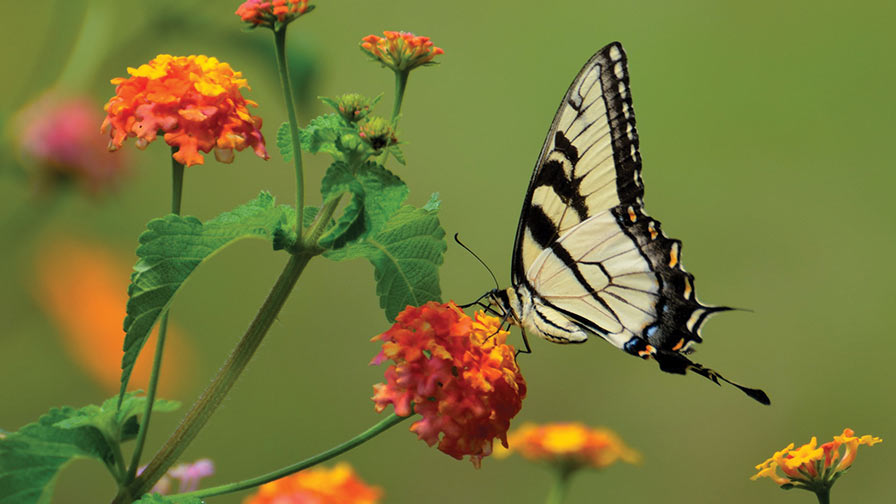
However, they have a problem: they don’t know how. How do they attract pollinators while still having a beautiful setting? We have the solution: pollinator plants.
I know you have heard this before. Our solution is similar to that of the deer issue. It’s the education and training of people in the trenches. We can generate all the lists we wish, but we have to spend as much time learning what’s new as growing what’s new.
I truly believe that as an industry, we must embrace the concept of solution gardening. I am but one voice, but the older I get, the louder I will yell. Perhaps the obvious comes with age. Next month, watch for solutions for fragrance and ground covers.





